Augustus Loring Rhodes | |
|---|---|
 | |
| 10th Chief Justice of California | |
| In office January 1, 1870 –January 1, 1872 | |
| Alma mater | Hamilton College |
Augustus Loring Rhodes (May 25, 1821 – October 23, 1918) [1] was the 10th Chief Justice of California.
Augustus Loring Rhodes | |
|---|---|
 | |
| 10th Chief Justice of California | |
| In office January 1, 1870 –January 1, 1872 | |
| Alma mater | Hamilton College |
Augustus Loring Rhodes (May 25, 1821 – October 23, 1918) [1] was the 10th Chief Justice of California.
Educated at Hamilton College, Rhodes studied law and then moved to Bloomfield, Indiana, being admitted to the bar there in 1846. [2] He served one term as the prosecuting attorney for the circuit court (1849), and departed for California in 1854. [3] Settling in San Jose, he became district attorney in 1859 and then State Senator for the 4th district in 1860. [4]
In 1863, a constitutional amendment meant all of the seats of the Supreme Court of California were open for election. [5] In October 1863, Rhodes was elected to the Supreme Court of California, and served from January 2, 1864, until 1880. [6] [7] He served as the 10th Chief Justice from 1870 to 1872. [8] [9] [10] [11] His first term expired January 1, 1872, and the Court referred the issue of whether he would continue to serve as Chief Justice to a panel of three San Francisco attorneys. [12] They decided that Article 6, Section 3, of the 1862 state Constitution required the justice with the shortest remaining term to serve, and so Royal Sprague replaced Rhodes as chief justice. [12] In October 1871, Rhodes was elected to a ten-year term. [13] A new Constitution adopted in 1879 required elections for all Supreme Court positions. In 1879, he ran for Chief Justice but lost to Robert F. Morrison. [14] [15]
From 1899 to 1907, he served as a Superior Court judge in Santa Clara County. [16] [17] [18] The vacancy on the trial bench caused by Rhodes's retirement (at the age of 88) was filled by John E. Richards. [19]
Rhodes remained active to an advanced age; he gave an address at the annual convention of the California Bar Association in June 1918, four months before his death at the age of 97. [20]
On September 30, 1846, Rhodes married Elizabeth Greene Cavins (April 7, 1829 – December 25, 1901), [21] a judge's daughter in Greene County, Indiana. [22] They had six children: Mary Rhodes (Barstow) (born 1848), who married the son of her father's law partner; [23] James H. Rhodes (born 1849); Samuel R. Rhodes (born 1854), who became a doctor; [24] Margaret Rhodes (1857-1870); Edward Livingston Rhodes (1860-1945), who joined his father's law firm of Rhodes & Barstow after graduating from the University of California, Berkeley, and later served as a justice of the peace in Chino, California; [25] [24] [26] and Augusta E. Rhodes (born 1868). [22]
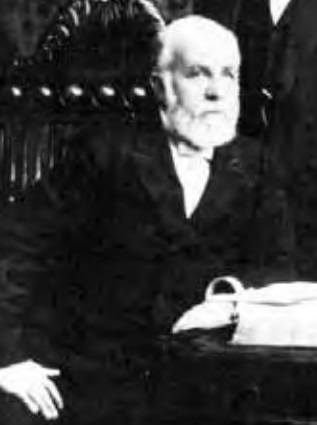
William Henry Beatty was the 15th Chief Justice of California from 1889 to 1914. Previously, he was chief justice of the Nevada Supreme Court from 1879 to 1880.

Robert Francis Morrison was the 13th Chief Justice of California from November 1879 to March 2, 1887, when he died in office.

Jackson Temple was an associate justice of the Supreme Court of California. He served three separate terms on the court between 1870 and 1902.

Silas Woodruff Sanderson was the seventh Chief Justice of California.

John Moore Currey was the eighth Chief Justice of California, and candidate for Governor of California in 1859.

Lorenzo Sawyer was an American lawyer and judge who was appointed to the Supreme Court of California in 1860 and served as the ninth Chief Justice of California from 1868 to 1870. He served as a United States circuit judge of the United States Circuit Courts for the Ninth Circuit and of the United States Court of Appeals for the Ninth Circuit. He is best known for handing down the verdict in the case of Woodruff v. North Bloomfield Gravel Mining Company; his verdict is frequently referred to as the "Sawyer Decision."

William Thompson Wallace was the 12th Chief Justice of California and the 6th Attorney General of California. He served on the Supreme Court of California from 1871 to 1879 and as Attorney General from 1856 to 1858.
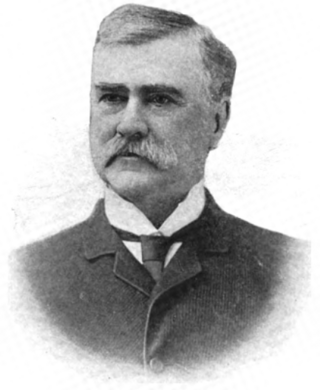
Elisha Williams McKinstry was a California jurist of the nineteenth century. He served as a justice of the California Supreme Court from 1874 to 1888.

John Evan Richards was an American attorney who served as an associate justice of the California Supreme Court from 1924 until 1932.
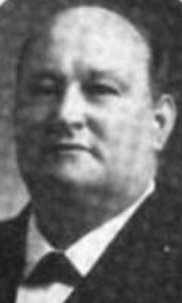
William George Lorigan was an American attorney and Associate Justice of the Supreme Court of California from January 7, 1903, to January 19, 1919.
Nathaniel Bennett was one of the first Associate Justices of the California Supreme Court.

William Patrick Lawlor was an associate justice of the California Supreme Court from January 3, 1915, to July 25, 1926.

Thomas Bard McFarland was a miner, politician and judge in the U.S. state of California. He served as a state assemblyman, Superior Court judge, and associate justice of the Supreme Court of California.

John Randolph Sharpstein was an American lawyer and judge. He was an associate justice of the Supreme Court of California for twelve years, and previously served as a member of the Wisconsin State Senate and Wisconsin State Assembly.
Edward Norton was an American lawyer and Associate Justice of the Supreme Court of California from January 2, 1862, to January 2, 1864.
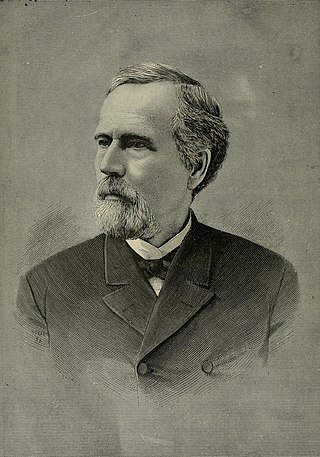
Isaac Sawyer Belcher was an American attorney and an associate justice of the Supreme Court of California from March 4, 1872, to January 5, 1874.

Milton Hills Myrick was an associate justice of the Supreme Court of California from January 5, 1880 to January 3, 1887.

Oscar Lovell Shafter was an American attorney and Associate Justice of the Supreme Court of California from January 2, 1864, to December 11, 1867.
Samuel Bell McKee was an American attorney and Associate Justice of the Supreme Court of California from January 5, 1880, to January 3, 1887. Including his time on the trial court, he sat on the bench for more than 30 years, making him one of the longest serving judges in California history.
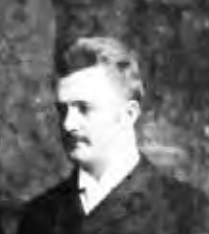
Alexander Van Rensselaer Paterson was an associate justice of the Supreme Court of California from December 22, 1886 to May 3, 1894.
Class Secretaries, Class of 1841, Augustus Rhodes
In 1859 he was elected District Attorney in this county, and in 1860 was elected State Senator to represent Santa Clara and Alameda counties.
Under the constitutional provision, on October 21, 1863, Oscar L. Shafter, Lorenzo Sawyer, Silas W. Sanderson, John Curry and A. L. Rhodes were elected Supreme Court Justices. The new court organized January 2, 1864, and in accordance with law, the Judges drew lots to determine the tenure of their official terms, with the following result: Shafter drew for ten years, Rhodes for eight. Sawyer for six, Curry for four and Sanderson for two.
At the expiration of the first term of Chief Justice Rhodes, January 1st, 1872.
Justice Rhodes, elected in 1871, to retire in 1881.